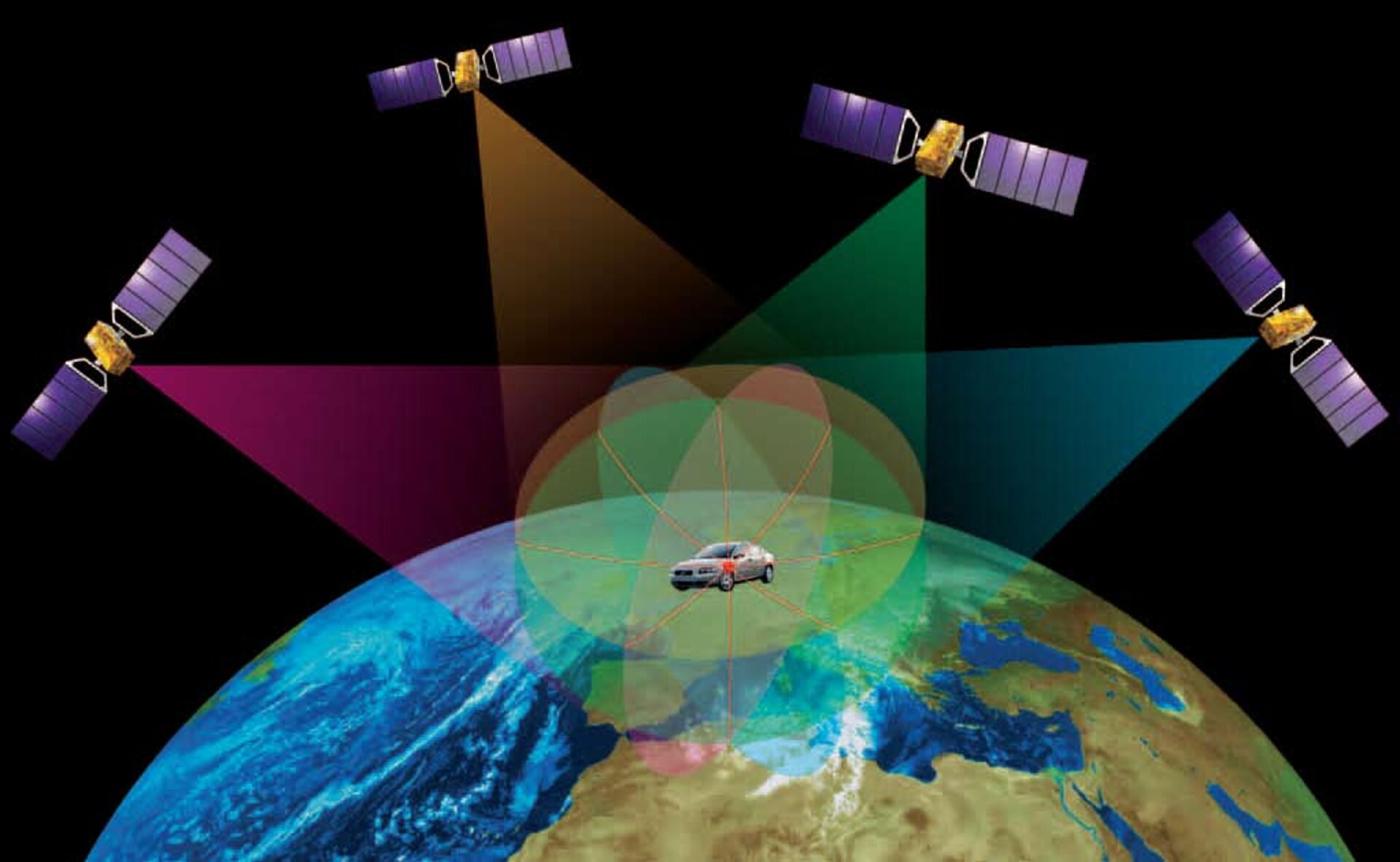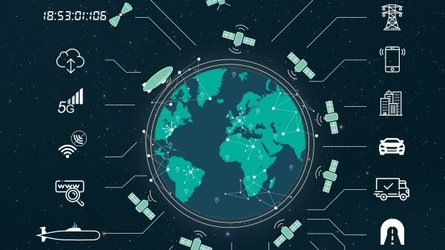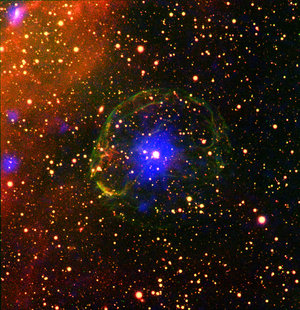ESA joins with business to invent the future of navigation
The only thing more remarkable than how all of us are walking around with space-grade navigation capability and atomic clock timing precision in our pockets is how much we take all of this for granted. Satellite navigation has changed our lives, triggering a quiet revolution in our society and economy.
But it is easy to forget that satellite navigation is only a means to an end – that end being to provide positioning, navigation and timing (PNT) services to everyone. Quietly, PNT has evolved into an invisible but essential utility, serving many more sectors than simply transport. The system synchronisation delivered by satellite-based PNT underpins global communications, banking and power systems.
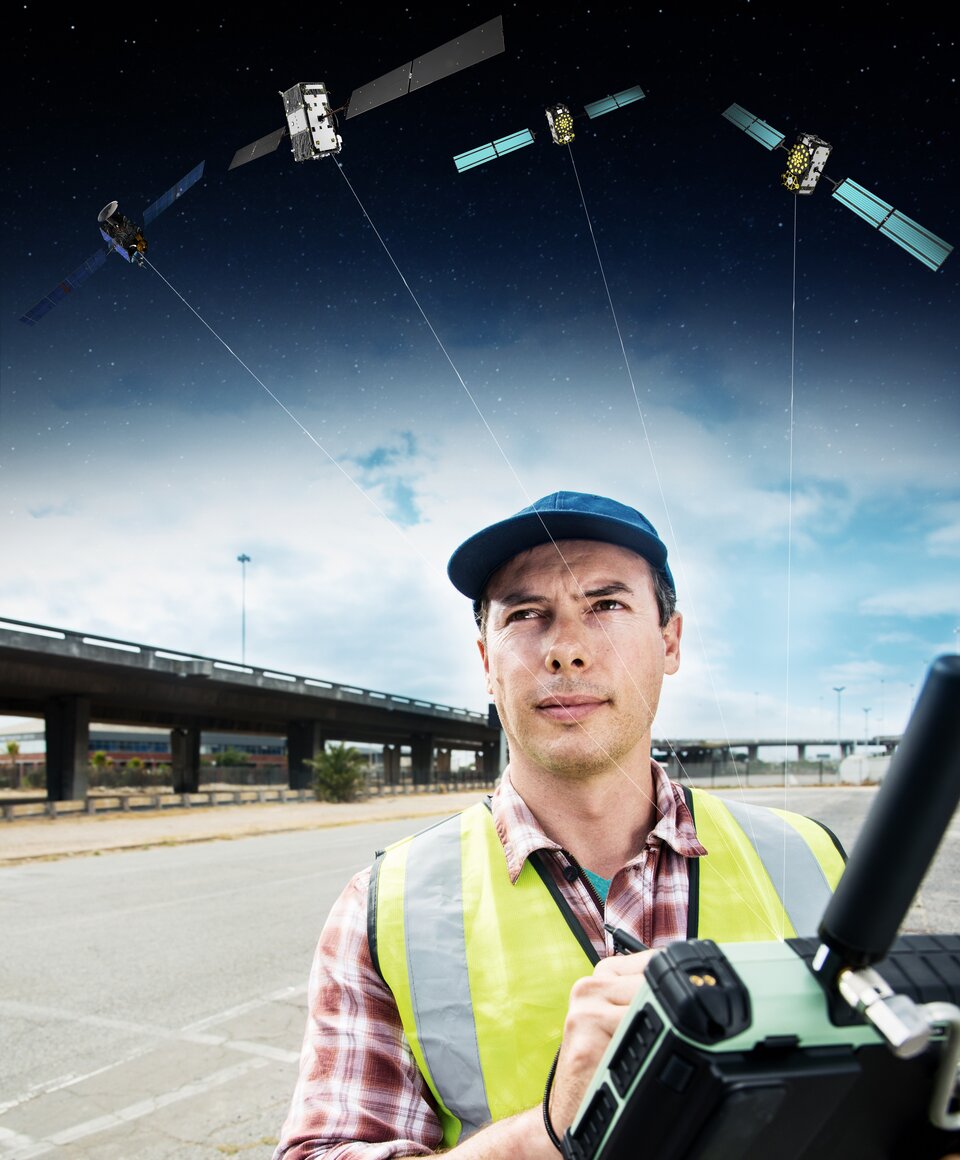
PNT is also set to take an important enabling role in the coming wave of smart power grids, the internet of things, 5G networks (their higher-frequency, shorter range radio waves will require efficient timing synchronisation) and driverless vehicles for both land and sea.
As our economic and social dependence on PNT continues to grow, the need is becoming clear to integrate satnav with other, complementary PNT methods – as a means of enhancing service resilience across a wide variety of sectors.
So what will all this look like in practice? That is where ESA’s new Navigation Innovation and Support Programme (NAVISP) comes in. With more than 90 activities separate activities being undertaken to date, NAVISP is working with European businesses and researchers to develop innovative and competitive PNT technologies and services, as well as supporting ESA Member States in their national PNT objectives.
With future Galileo Second Generation research and development currently being undertaken through an element of the European Union’s Horizon 2020 programme, NAVISP has been designed to operate on a separate but complementary basis, looking beyond Galileo to Europe’s emerging PNT-related needs and opportunities.
NAVISP’s first element is developing novel PNT concepts and technologies. Examples so far include incorporating additional low-Earth orbiting infrastructure to bolster existing satnav services, novel anti-spoofing antenna designs and a pulsar-based timing system.
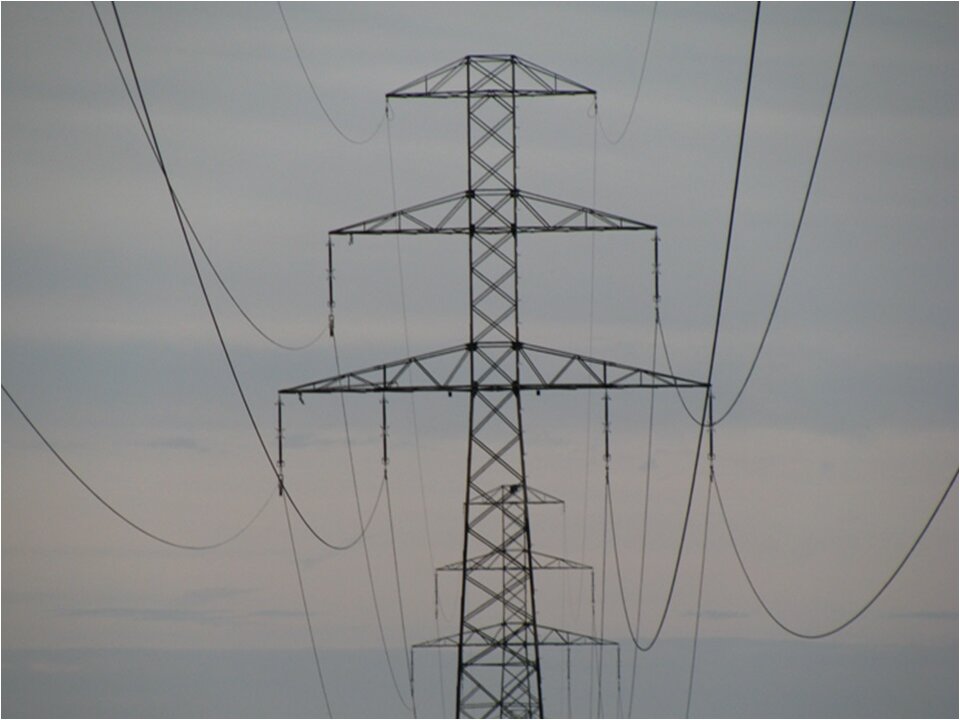
The programme’s second element aims to boost European competitiveness, including the combination of PNT and machine learning to boost the intelligence of power grids, efforts to combat accidental or deliberate interference of PNT services and efforts to apply PNT to boost the efficiency of aviation flight planning.
NAVISP’s third element is based around the research priorities of Member States. Projects include a coming generation of smart, self-driving boats, beneficial to the environment because the risk of accident is cut. Trondheim Fjord in Norway has become the first dedicated test area for such vessels, overseen by Norwegian oil company Sintef.
The response from Member States has been enthusiastic; NAVISP is already fully subscribed, and the programme is proposed to double in size following the Space19+ Ministerial Conference at the end of this year.

Finding our way
All of us live in this new age of navigation, with more than five billion satnav receivers currently in use worldwide, across all walks of life. Europe plays a crucial role in this sphere of activity, with Galileo Initial Services satellites available globally for the past two years.
In 2009 it was estimated that 6-7% of the European economy, equivalent to €800 billion, was directly reliant on satnav. That number has grown since then; a recent UK study quoted the figure of 11.3% of the British economy being dependent on satnav today.
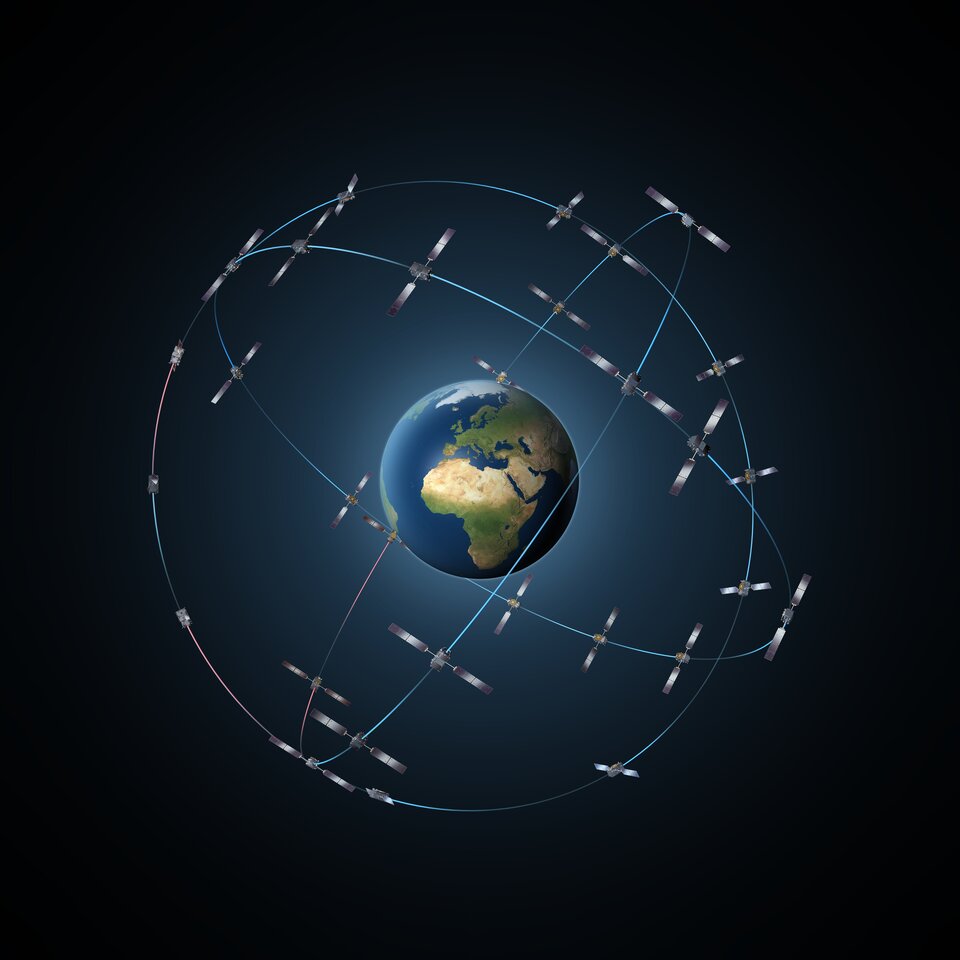
Space for the economy
Space has become an integrated part of our daily lives. From smartphones to agricultural monitoring, the socio-economic benefits of space activities are so diverse that they are not always so obvious to the general public. ESA focuses this week on what space is doing for the economy, in particular, highlighting the flourishing applications domain and business opportunities.


